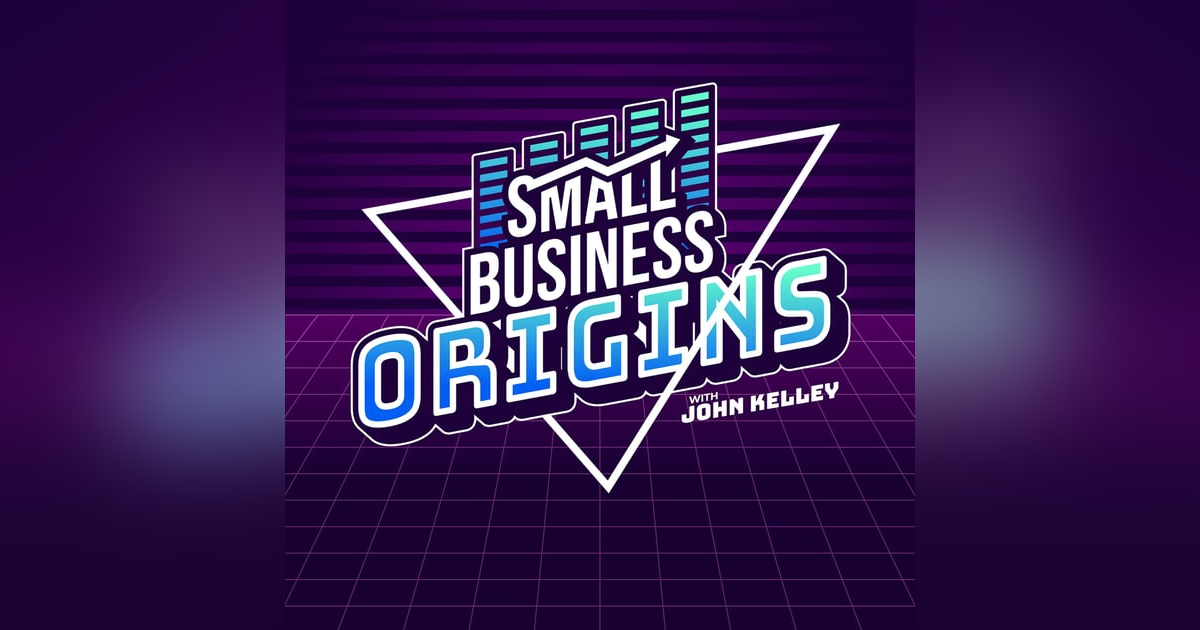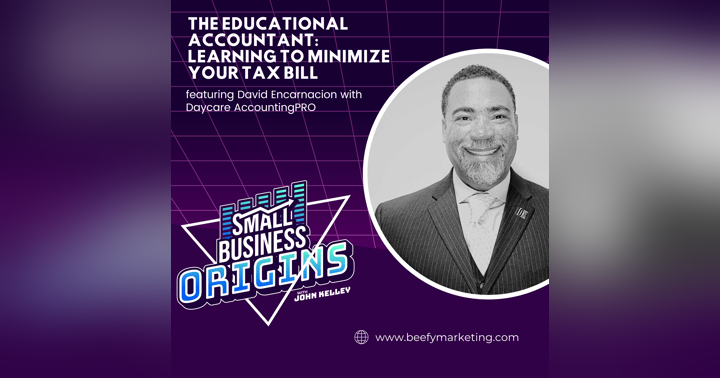Branding and Storytelling

Branding is accomplished by many different means, such as creating a unique name, design, symbol, and/or message that distinguishes a product or service from its competitors. You're establishing a reputation for your business in the minds of consumers. Branding can include everything from the name of your company, to your logo, to the tone and style of your messaging. The goal of branding should be to create a strong, recognizable, and positive image for your business that resonates with your target audience and helps you stand out from the competition. Successful branding can help to build customer loyalty, drive sales, and increase the value of your business over time.
Branding is a crucial element for any business, big or small. It is the way that your company is perceived by your customers and potential customers. Your branding should communicate what your business stands for, what it offers, and how it is unique from your competitors. A great way to improve your branding is by sharing your personal origin story and the beginnings of your company.
Sharing Your Story Helps Build Trust
Sharing your story with your customers can help build trust and a deeper connection with your brand. When customers understand the origins of your company and your personal story, they are more likely to trust you and your brand. They will feel that you are authentic and genuine, and that you are not just trying to sell them something.
According to a study by Label Insight, 94% of consumers are likely to be loyal to a brand that is completely transparent. Sharing your story is a great way to show transparency, and can help build loyalty among your customers.
Personal Stories Humanize Your Brand
Sharing your personal story can also help to humanize your brand. When customers see the people behind the brand, they are more likely to feel a connection with the company. They will see that there are real people behind the products or services they are using, and this can help to build a stronger emotional connection.
According to Simon Sinek, author of Start With Why, "People don't buy what you do, they buy why you do it." Sharing your personal story can help to communicate your "why" and help your customers understand your values and the purpose behind your brand.
Sharing Your Story Sets You Apart
Finally, sharing your personal story can help to set your brand apart from the competition. Every business has a story, but not every business shares it. By sharing your story, you are showing your customers what sets your brand apart from the others. You are highlighting what makes your brand unique and what makes it worth choosing over your competitors.
As Jeff Bezos, the founder of Amazon, once said, "Your brand is what people say about you when you're not in the room." By sharing your story and building a strong brand, you can help to shape what people say about your brand, and make sure it is positive.
Branding and storytelling is so important in business, Small Business Origins is dedicated to providing an outlet to share business and entrepreneur stories just to help brands reach an audience of people that resonate with these stories. This podcast has gone beyond marketing by sharing insights into the way entrepreneurs have handled adversity, and getting an inside look at how businesses have remained open, even through some trying times.
If you are looking to improve your business branding and storytelling, here are some actions you can take to better brand your company through with podcasts, social media, websites, and other channels:
-
Develop a consistent brand voice and message: Your brand voice and message should be consistent across all channels and platforms. This includes your website, social media profiles, podcast, and other marketing materials. Develop a unique voice that reflects your brand's personality and values, and use it consistently to build recognition and trust.
-
Share your company's origin story: Sharing the story of how your business got started can be a powerful way to connect with your audience. Use social media, podcasts, or your website to share your company's journey, challenges, and successes. This can help build an emotional connection with your audience and create a sense of authenticity and transparency.
-
Highlight your unique selling proposition (USP): Your USP is what sets your business apart from the competition. Use storytelling to highlight your unique features, benefits, and value proposition. This can include customer testimonials, case studies, or behind-the-scenes stories that showcase your brand's strengths and value.
-
Use visual storytelling: Visual storytelling is a powerful way to communicate your brand message. Use high-quality images and videos to showcase your products or services, and create visually engaging social media posts, blog articles, and other marketing materials. Use infographics, animated videos, or other visual aids to help your audience understand complex topics or data.
-
Create a branded podcast: Podcasts have become a popular way for businesses to share their stories and connect with their audience. Create a branded podcast that highlights your expertise, showcases your products or services, or features guest interviews. Use your podcast to build a community around your brand and establish yourself as an industry thought leader.
-
Use social media effectively: Social media is a powerful tool for storytelling and branding. Use social media to share behind-the-scenes stories, highlight customer success stories, or showcase your company's culture and values. Engage with your audience by responding to comments, sharing user-generated content, and hosting social media contests.
-
Optimize your website for storytelling: Your website is a critical part of your branding efforts. Use storytelling techniques to create a compelling brand narrative that resonates with your audience. This includes using high-quality visuals, clear and concise messaging, and user-friendly design.
By taking these actions, businesses can better brand their company. This can help to build brand recognition, increase customer loyalty, and drive sales over the long term.







